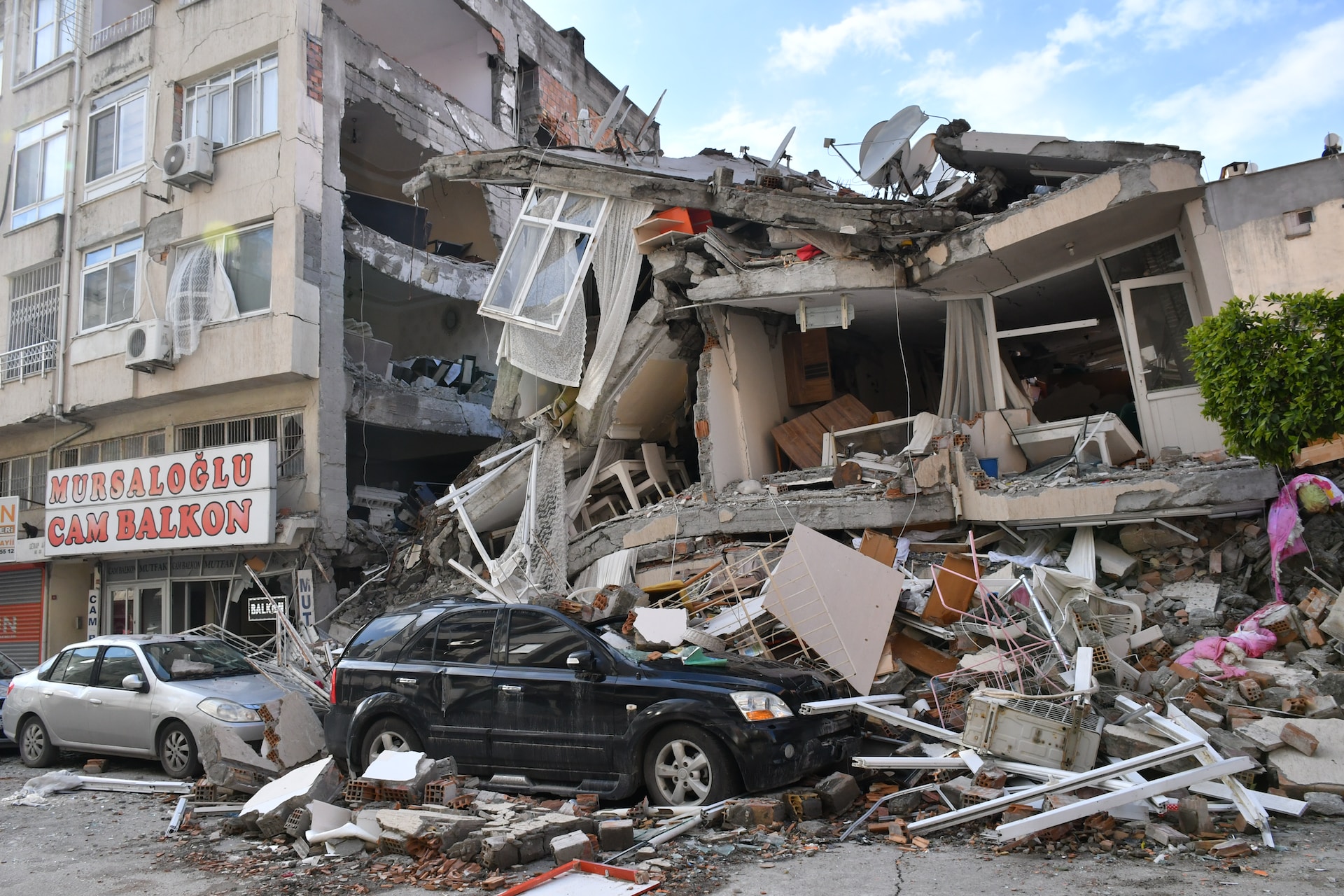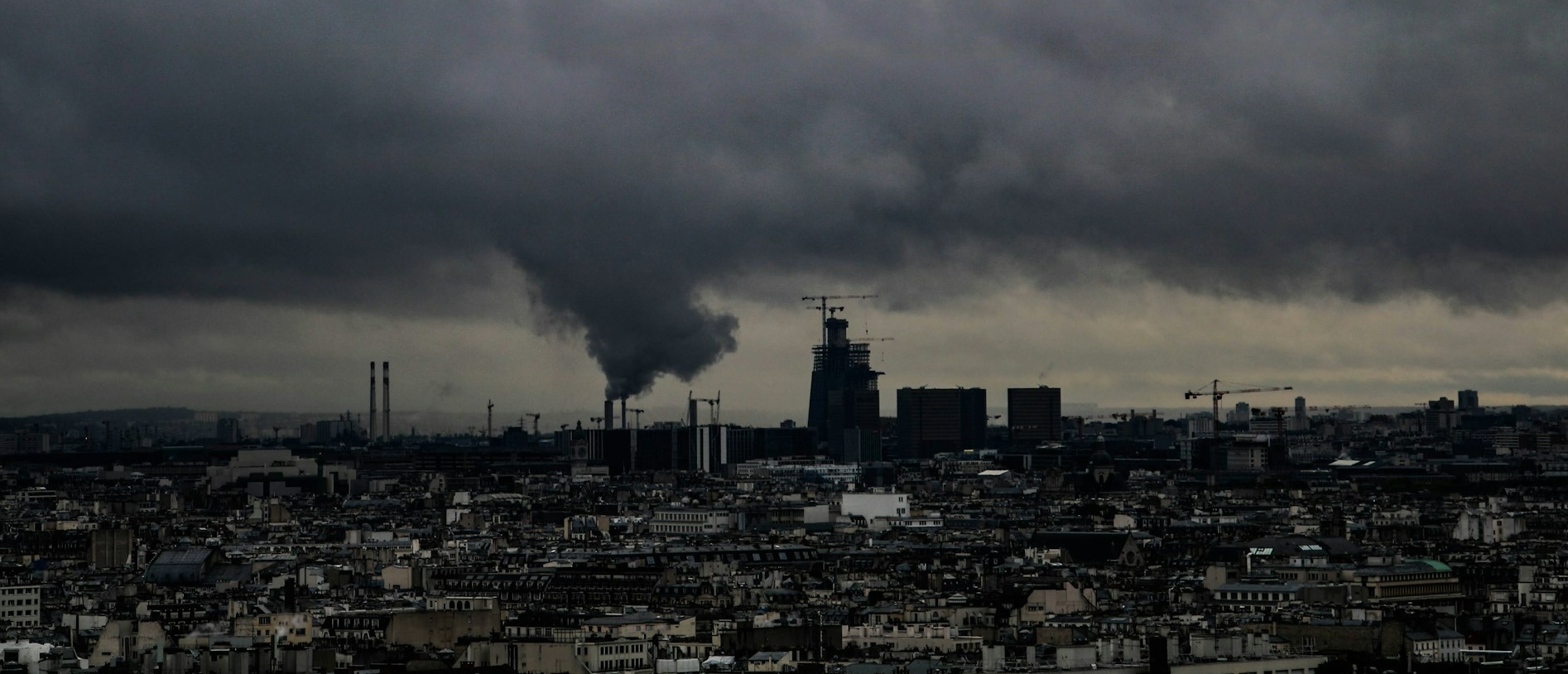The Importance of Disaster Preparation
Disasters can strike anytime. Climate change has increased the risk of climate-induced disasters, which are now impacting everyone in the world. Most of the world is now reeling from rising temperatures leading to drought conditions in some, and heavy unexpected floods in others.
Greece, for example, is battling several wildfires. This year’s extremely hot and dry weather fueled this year’s devastating wildfires in the country. Besides the devastation on large swathes of pristine forest areas burned by these wildfires, the country will also need to deal with increased carbon emissions that are more than double the 2006-2022 average. Meanwhile, the most recent Hawaii wildfire death toll grows.
Elsewhere, Typhoon Doksuri — which hit China in the start of August 2023 – battered northern China with extreme rain, dumping volumes of rainwater equal to a year’s average rainfall in the populous province of Hebei. China’s provincial government is grappling with the aftermath of safely discharging overflowing water from reservoirs and rescuing tens of thousands of people trapped in their homes.
Similarly, the Turkish city of Gaziantep, which is the venue of our forthcoming Horasis Global Meeting, was completely devastated by the 7.8-magnitude earthquake that hit the country in February 2023. The fatalities numbered in the thousands. Nevertheless, the people of Türkiye supported by its –re-elected president are determined to build back.
The meeting will bring together the world’s best known business leaders, who along with government officials and representatives from international organizations will brainstorm with senior members of the Horasis Visions Community to find appropriate ways to rebuild and prepare Türkiye against future disasters.
Preparation is Crucial
The Türkiye earthquake resulted in an estimated US$34.2 billion in direct physical damages, equivalent to 4% of the country’s 2021 GDP. Experts believe that the cost of recovery and reconstructing the Turkish economy is significantly more than the direct physical damages. It could take decades for Türkiye to regain its former glory.
On February 9, the World Bank announced a relief package of US$1.78 billion to help with recovery efforts, with the World Bank country director for Türkiye stressed the need for disaster preventive measures. He said, “this disaster serves as a reminder of Türkiye’s high risk to earthquakes and of the need to enhance resilience in public and private infrastructure. As a leader in disaster risk management, the World Bank is committed to accompany Türkiye in its efforts to a disaster-resilient economic recovery.”
Disaster preparation is crucial for several reasons. By having emergency plans in place, people can evacuate or take shelter quickly and reduce the risk of damage to lives and property. Disaster preparedness saves countless lives, speeds up people’s recovery post-disaster and helps mitigate socio-economic losses resulting from calamities.
Also, being prepared against any disaster ensures continuity of critical services such as healthcare, transportation, and communication. Keeping these services up and running even in the midst of a disaster is key not just to minimizing disruption to people’s lives, but also to ensuring quick and well-coordinated relief and recovery efforts.
Japan is a great example here. One of Asia’s most developed economies is also greatly exposed to natural disasters. The country is under constant threat from typhoons, tsunamis and earthquakes. Due to its geographical location, the country is hit by an average of 1,500 earthquakes each year, making it the most earthquake-prone country in the world. Due to the frequency of earthquakes in the country, all Japanese cellphones come equipped with an earthquake alert system, allowing users 5 to 10 seconds to seek shelter.
Japan has taken its disaster preparedness a notch up by bolstering awareness among Japan’s foreign residents. It has launched an official Twitter account that provides emergency information during disasters in Japanese, English, Chinese and Korean. The city of Hiroshima also provides disaster information on its website which include evacuation warnings in Japanese, English, Chinese, Korean, Portuguese, Spanish and Filipino.
Learnings for Others
Other countries can learn a lot from Japan’s disaster preparedness system. Marc Forni, lead disaster risk management specialist had this to say, “without question Japan is the best in this area of expertise. Learning from Japan’s effective and contextualized Disaster Management System is important for all countries to see how theory is put into practice.”
Similarly, Türkiye can also learn a lot from Japan. The country will need to revisit its built environment framework to ensure greater resiliency going forward. Short-term solutions may work as a stop-gap recourse, but only long-term, strategically designed investments in disaster preparedness can guarantee improved outcomes in saving lives and post-disaster recovery. Türkiye will need to look at redesigning their buildings, dams, bridges and roads with the power to withstand seismic risks.
Additionally, the country will also need to develop programs that promote awareness among its citizens on what to do and how to be prepared in instances of natural disasters. A collaborative approach between the public and private sectors, one that is both inclusive and sustainable, needs to be considered if Türkiye is to improve its resilience to disasters and pursue its ambitious goals for socio-economic growth.
Photo Caption: A devastating 7.8 magnitude earthquake hit Türkiye in February, 2023.



